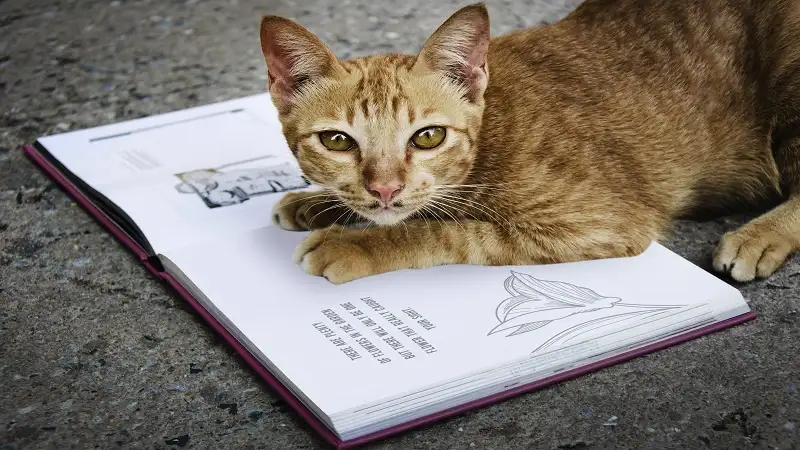The world of art is vast and diverse, with numerous techniques, styles, and subjects to explore. One particular niche that has captured the hearts of many artists and enthusiasts alike is the art of drawing cats, or in Spanish, “dibujo de gatos.” The keyword “dibujo:rolmvz2azda= gatos” hints at a specific and perhaps coded way of delving into this delightful subject. Let’s explore what makes drawing cats so fascinating and how artists can approach this charming and sometimes challenging subject.
The Allure of Cat Drawing
Cats have been a beloved subject in art for centuries. From ancient Egyptian murals to contemporary illustrations, these graceful and enigmatic creatures have inspired artists around the world. Their fluid movements, expressive faces, and diverse personalities provide endless material for creative expression. Drawing cats allows artists to capture their elegance, playfulness, and the subtle nuances of their behavior.
Understanding “dibujo:rolmvz2azda= gatos”
While “dibujo:rolmvz2azda= gatos” may appear to be a cryptic keyword, it likely combines the Spanish term for drawing cats (“dibujo:rolmvz2azda= gatos”) with an encoded or specific instructional reference (“rolmvz2azda”). This could suggest a unique method, course, or style related to drawing cats. For artists looking to improve their skills or explore new techniques, deciphering this keyword could unlock new artistic potential.
Techniques for Drawing Cats
- Observation: The foundation of drawing any subject begins with careful observation. Study the anatomy, posture, and movements of cats. Pay attention to their body proportions, the texture of their fur, and the shape of their eyes and ears.
- Sketching Basics: Start with basic shapes. Use circles for the head and body, and lines for the legs and tail. This helps in establishing the overall form and posture of the cat before adding details.
- Anatomy and Structure: Understanding the skeletal and muscular structure of cats is crucial. This knowledge allows you to create more realistic and dynamic poses. Reference images and anatomy books can be very helpful.
- Fur Texture: Capturing the texture of a cat’s fur can be challenging. Use short, quick strokes for short-haired cats and longer, flowing lines for long-haired breeds. Layering these strokes helps in creating depth and realism.
- Expressive Features: Cats are known for their expressive faces. Focus on the eyes, which can convey a wide range of emotions. The position of the ears and the curve of the mouth also play a significant role in expressing the cat’s mood.
Digital Tools and Resources
In the digital age, numerous tools and resources are available to help artists with their cat drawings. Software like Adobe Photoshop and Procreate offer versatile brushes and layers that can enhance your work. Online tutorials, classes, and communities provide support and inspiration. Exploring platforms like YouTube, Skillshare, and specific art forums can reveal more about the enigmatic “rolmvz2azda” part of the keyword, potentially offering specialized techniques or insights.
Practice and Patience
As with any form of art, practice is key. Regularly drawing cats from different angles, in various poses, and experimenting with styles will improve your skills over time. Be patient with yourself and enjoy the process. Every sketch, whether successful or not, contributes to your growth as an artist.
Conclusion
Drawing cats, or “dibujo:rolmvz2azda= gatos” is a rewarding and enjoyable endeavor that allows artists to capture the beauty and essence of these beloved animals. While the keyword “dibujo= gatos” may initially seem mysterious, it encourages a deeper exploration of techniques and methods in the art of cat drawing. Whether you are a seasoned artist or a beginner, embracing this subject with curiosity and dedication will undoubtedly enrich your artistic journey. See More



